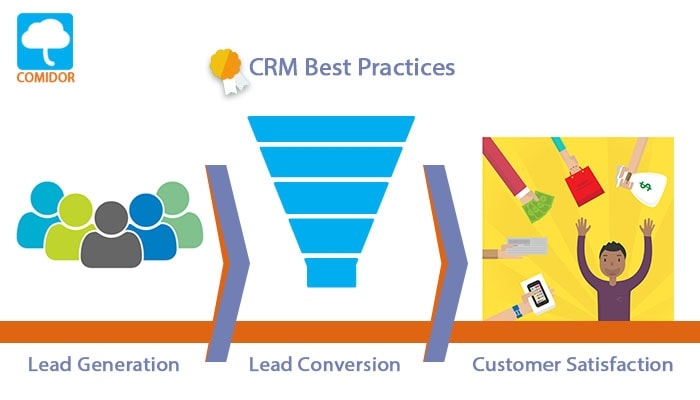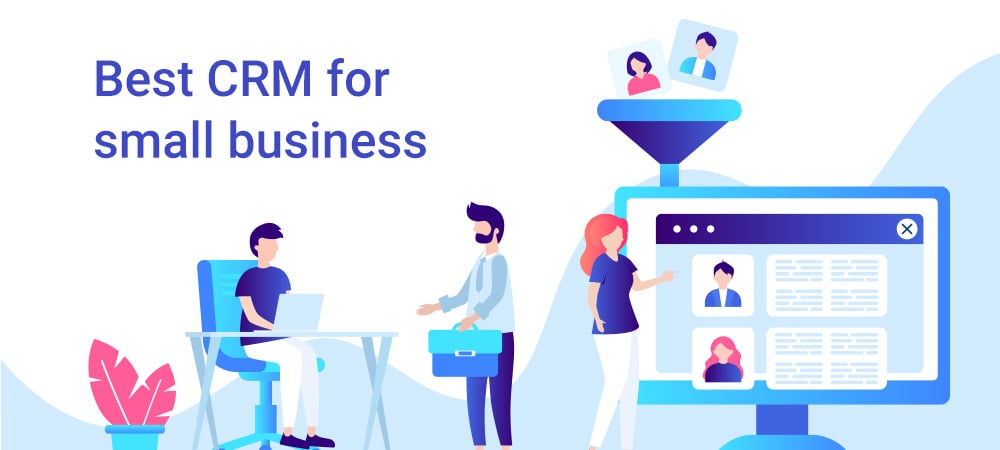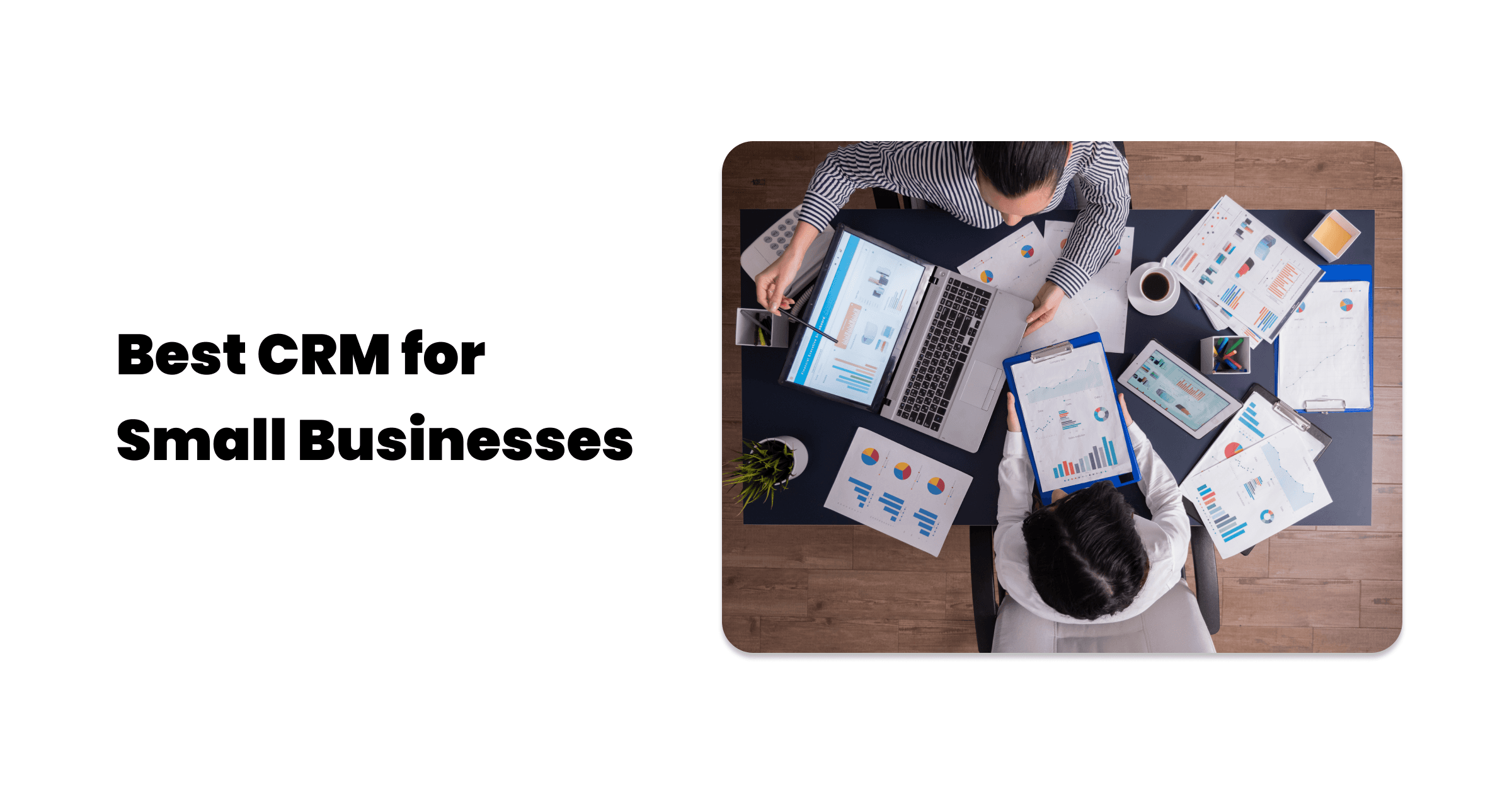
CRM Marketing Best Practices: A Comprehensive Guide to Customer Relationship Management
In today’s hyper-competitive business landscape, understanding and catering to your customers is no longer a luxury; it’s a necessity. That’s where Customer Relationship Management (CRM) marketing comes into play. It’s the strategic use of CRM systems and data to enhance customer interactions, personalize marketing efforts, and ultimately, drive business growth. This comprehensive guide delves into the best practices of CRM marketing, providing you with the knowledge and tools to cultivate strong customer relationships and achieve remarkable results.
What is CRM Marketing?
CRM marketing is a multifaceted approach that leverages customer relationship management systems to collect, organize, and analyze customer data. This data is then used to inform and optimize marketing strategies, leading to more effective campaigns, improved customer satisfaction, and increased revenue. It’s about moving beyond generic marketing messages and creating personalized experiences that resonate with each individual customer.
Why is CRM Marketing Important?
The significance of CRM marketing cannot be overstated. In a world where customers have countless choices, building loyalty and trust is paramount. Here’s why CRM marketing is crucial for your business:
- Enhanced Customer Understanding: CRM systems provide a 360-degree view of your customers, including their preferences, purchase history, and interactions with your brand.
- Personalized Marketing: Armed with customer insights, you can tailor your marketing messages and offers to individual needs and preferences.
- Improved Customer Satisfaction: Personalized experiences lead to happier customers who feel valued and understood.
- Increased Sales and Revenue: By targeting the right customers with the right messages, you can drive more sales and boost your bottom line.
- Increased Customer Loyalty: Satisfied customers are more likely to become repeat buyers and brand advocates.
- Streamlined Operations: CRM systems automate many marketing tasks, freeing up your team to focus on more strategic initiatives.
Key Components of a Successful CRM Marketing Strategy
A successful CRM marketing strategy involves several key components working in harmony. Let’s explore these essential elements.
1. Choosing the Right CRM System
The foundation of any CRM marketing strategy is the CRM system itself. Selecting the right system is crucial for your success. Consider the following factors when making your choice:
- Your Business Needs: What are your specific marketing goals? What features do you need?
- Scalability: Can the system grow with your business?
- Ease of Use: Is the system user-friendly and easy to learn?
- Integration Capabilities: Does it integrate with your existing marketing tools and platforms?
- Cost: What is your budget for the CRM system?
- Reputation: Research the vendor’s reputation and read reviews from other users.
Popular CRM systems include Salesforce, HubSpot, Zoho CRM, Microsoft Dynamics 365, and Pipedrive. Each has its strengths and weaknesses, so choose the one that best fits your needs.
2. Data Collection and Management
Data is the lifeblood of CRM marketing. You need to collect accurate, up-to-date data on your customers. Here’s how:
- Gather Data from Multiple Sources: Collect data from your website, social media, email campaigns, customer service interactions, and sales transactions.
- Data Accuracy and Integrity: Implement processes to ensure data accuracy and consistency.
- Data Segmentation: Segment your customers based on demographics, behavior, purchase history, and other relevant criteria.
- Data Privacy and Compliance: Comply with all relevant data privacy regulations, such as GDPR and CCPA.
3. Customer Segmentation
Not all customers are created equal. Customer segmentation involves dividing your customer base into distinct groups based on shared characteristics. This allows you to tailor your marketing efforts to each segment, resulting in more effective campaigns. Here are some common segmentation criteria:
- Demographics: Age, gender, location, income, education, etc.
- Psychographics: Lifestyle, values, interests, attitudes, etc.
- Behavior: Purchase history, website activity, email engagement, etc.
- Needs: What problems are they trying to solve? What are their pain points?
4. Personalization
Personalization is the art of delivering tailored experiences to individual customers. This can include personalized email messages, product recommendations, website content, and offers. Personalization goes beyond simply addressing customers by their name; it’s about understanding their needs and preferences and providing them with relevant content and offers.
5. Automation
CRM systems offer powerful automation capabilities that can streamline your marketing processes. Automation can be used for:
- Email Marketing: Automate email campaigns, such as welcome emails, abandoned cart emails, and follow-up emails.
- Lead Nurturing: Nurture leads through the sales funnel with automated email sequences.
- Social Media Management: Schedule and automate social media posts.
- Task Management: Automate tasks, such as assigning leads to sales representatives.
6. Campaign Management
CRM systems provide tools for planning, executing, and tracking marketing campaigns. This includes:
- Campaign Planning: Define your campaign goals, target audience, and key messages.
- Campaign Execution: Launch your campaigns across multiple channels.
- Campaign Tracking: Monitor your campaign performance using key metrics, such as click-through rates, conversion rates, and ROI.
- Campaign Optimization: Analyze your campaign data and make adjustments to improve performance.
7. Reporting and Analytics
Data is only valuable if you can understand it. CRM systems provide robust reporting and analytics capabilities that allow you to track your key metrics and measure the effectiveness of your marketing efforts. Key metrics to track include:
- Customer Acquisition Cost (CAC): The cost of acquiring a new customer.
- Customer Lifetime Value (CLTV): The predicted revenue a customer will generate over their lifetime.
- Conversion Rates: The percentage of customers who complete a desired action, such as making a purchase.
- Return on Investment (ROI): The profitability of your marketing campaigns.
- Customer Satisfaction (CSAT) and Net Promoter Score (NPS): Measures of customer satisfaction and loyalty.
CRM Marketing Best Practices: Actionable Strategies
Now that we’ve covered the key components, let’s dive into some actionable best practices that will help you maximize your CRM marketing efforts.
1. Define Your Goals and Objectives
Before you start any CRM marketing activities, you need to define your goals and objectives. What do you want to achieve? Are you trying to increase sales, improve customer satisfaction, or build brand awareness? Your goals should be SMART: Specific, Measurable, Achievable, Relevant, and Time-bound. Having clear goals will help you develop a focused and effective CRM marketing strategy.
2. Know Your Customer Inside and Out
The more you know about your customers, the better you can serve them. Conduct thorough customer research, including surveys, interviews, and focus groups. Analyze your customer data to identify patterns and trends. Create detailed customer personas to represent your ideal customers. This deep understanding of your customers will inform your marketing decisions and help you create personalized experiences that resonate.
3. Segment Your Audience Strategically
Effective segmentation is critical for personalization. Don’t try to be everything to everyone. Instead, divide your audience into distinct segments based on shared characteristics. This allows you to tailor your marketing messages and offers to each segment, increasing the likelihood of engagement and conversion. Regularly review and refine your segmentation strategy to ensure it remains relevant.
4. Personalize Your Communications
Personalization is no longer a nice-to-have; it’s a must-have. Use customer data to personalize your email messages, website content, product recommendations, and offers. Address customers by their name, reference their past purchases, and tailor your messaging to their interests and preferences. The more personalized your communications, the more likely they are to resonate with your audience.
5. Automate Your Workflows
Automation can save you time and effort while improving efficiency. Use your CRM system to automate repetitive tasks, such as sending welcome emails, nurturing leads, and following up with customers. Automation can also help you deliver more timely and relevant communications. For example, you can set up automated email sequences to nurture leads through the sales funnel or send personalized product recommendations based on a customer’s browsing history.
6. Integrate Your CRM with Other Marketing Tools
Integrate your CRM system with other marketing tools, such as your email marketing platform, social media management tools, and website analytics platform. This will allow you to share data between systems and create a more unified view of your customers. Integration can also help you automate your marketing workflows and improve your overall marketing efficiency. For instance, integrating your CRM with your email marketing platform allows you to automatically segment your email lists based on customer data stored in your CRM.
7. Leverage Social Media for Customer Engagement
Social media is a powerful tool for engaging with your customers and building brand loyalty. Use social media to share valuable content, respond to customer inquiries, and run contests and promotions. Monitor your social media channels for mentions of your brand and respond promptly to any comments or questions. Social media can also be used to drive traffic to your website and generate leads. Integrate your CRM with your social media platforms to track customer interactions and gain insights into their preferences and behaviors.
8. Provide Excellent Customer Service
Exceptional customer service is essential for building long-term customer relationships. Respond quickly and professionally to customer inquiries. Go above and beyond to resolve customer issues. Train your customer service team to be knowledgeable, empathetic, and helpful. Use your CRM system to track customer interactions and identify areas where you can improve your customer service. Happy customers are more likely to remain loyal and recommend your brand to others.
9. Track and Measure Your Results
Don’t just set it and forget it. Regularly track and measure the results of your CRM marketing efforts. Monitor key metrics, such as customer acquisition cost, customer lifetime value, conversion rates, and ROI. Analyze your data to identify what’s working and what’s not. Use this information to optimize your campaigns and improve your overall marketing performance. Reporting and analytics are crucial for demonstrating the value of your CRM marketing initiatives and making data-driven decisions.
10. Continuously Optimize and Refine Your Strategy
CRM marketing is an ongoing process. Regularly review and refine your strategy to ensure it remains effective. Stay up-to-date on the latest trends and best practices in CRM marketing. Experiment with new tactics and technologies. Be prepared to adapt your strategy as your business and customer needs evolve. Continuous optimization is key to achieving long-term success with CRM marketing.
CRM Marketing in Action: Real-World Examples
Let’s look at some real-world examples of how businesses are successfully using CRM marketing:
Example 1: E-commerce Retailer
An e-commerce retailer uses their CRM system to track customer purchase history, browsing behavior, and email engagement. They segment their customers based on these factors and send personalized email campaigns. For example, customers who have previously purchased running shoes receive targeted ads for new running apparel. Customers who abandon their shopping carts receive automated emails reminding them of their items and offering a discount. The retailer also uses the CRM to provide proactive customer service, reaching out to customers who have had issues with their orders.
Example 2: SaaS Company
A Software as a Service (SaaS) company uses its CRM to manage its sales pipeline and nurture leads. They track leads’ interactions with their website, content downloads, and product demos. Based on this data, they send targeted email sequences that provide helpful information and guide leads through the sales funnel. They also use the CRM to track customer support tickets and identify areas where they can improve their product and service. The system helps personalize the onboarding experience for new users.
Example 3: Financial Services Firm
A financial services firm utilizes its CRM to manage client relationships and provide personalized financial advice. They track clients’ financial goals, risk tolerance, and investment history. They use this data to create customized financial plans and provide relevant investment recommendations. They also use the CRM to send regular newsletters with financial insights and market updates. The firm uses the CRM to schedule appointments and track client interactions, ensuring they provide a high level of service.
Common Mistakes to Avoid in CRM Marketing
While CRM marketing offers tremendous potential, it’s easy to make mistakes. Here are some common pitfalls to avoid:
- Not Having a Clear Strategy: Without a well-defined strategy, your CRM marketing efforts will be unfocused and ineffective.
- Poor Data Quality: Inaccurate or incomplete data will lead to poor segmentation and personalization.
- Neglecting Customer Service: Excellent customer service is crucial for building customer loyalty.
- Over-Personalization: Avoid being overly intrusive or creepy with your personalization efforts.
- Ignoring Customer Feedback: Pay attention to customer feedback and use it to improve your products and services.
- Not Integrating Your CRM with Other Systems: Integration is essential for streamlining your marketing processes and gaining a unified view of your customers.
- Failing to Train Your Team: Ensure your team is properly trained on how to use your CRM system and implement your marketing strategy.
- Not Measuring Your Results: Without tracking and measuring your results, you won’t know what’s working and what’s not.
The Future of CRM Marketing
CRM marketing is constantly evolving. Here are some trends to watch for:
- Artificial Intelligence (AI): AI will play an increasingly important role in CRM marketing, automating tasks, personalizing experiences, and providing deeper insights into customer behavior.
- Machine Learning: Machine learning algorithms will be used to predict customer behavior, personalize recommendations, and optimize marketing campaigns.
- Hyper-Personalization: Businesses will strive to create even more personalized experiences, tailoring their messaging and offers to individual customer needs and preferences.
- Omnichannel Marketing: Businesses will increasingly focus on providing seamless customer experiences across all channels, including email, social media, and mobile.
- Data Privacy: Data privacy regulations will continue to evolve, and businesses will need to prioritize data security and compliance.
- Emphasis on Customer Experience: The focus will shift even more towards providing exceptional customer experiences at every touchpoint.
Conclusion: Embrace the Power of CRM Marketing
CRM marketing is a powerful tool for building strong customer relationships, driving sales, and achieving business growth. By implementing the best practices outlined in this guide, you can transform your marketing efforts and create a customer-centric approach that sets you apart from the competition. Embrace the power of CRM marketing, and watch your business thrive.

